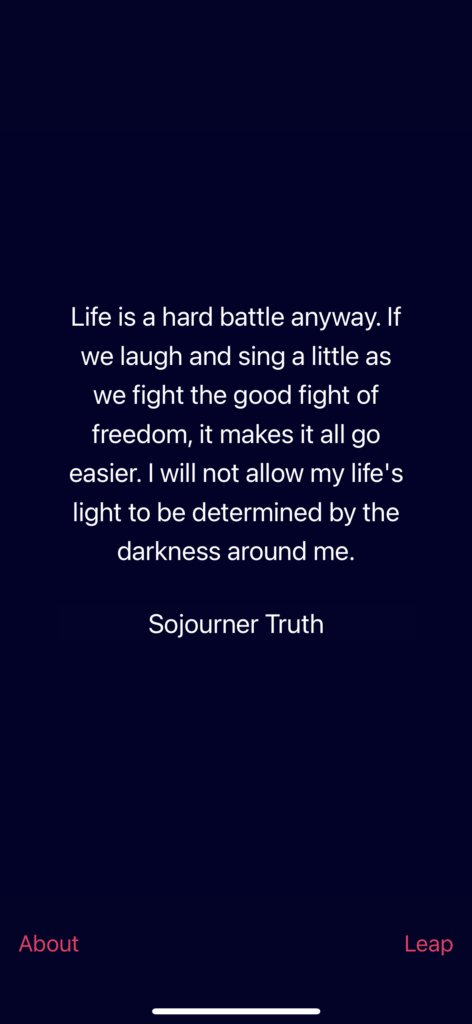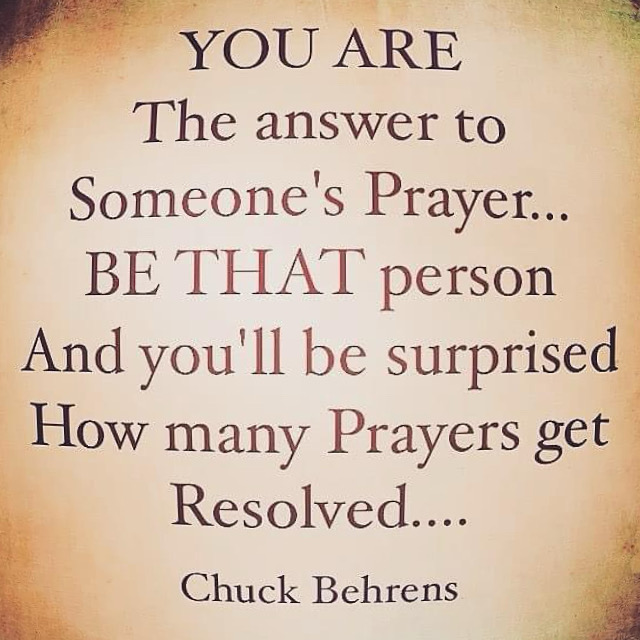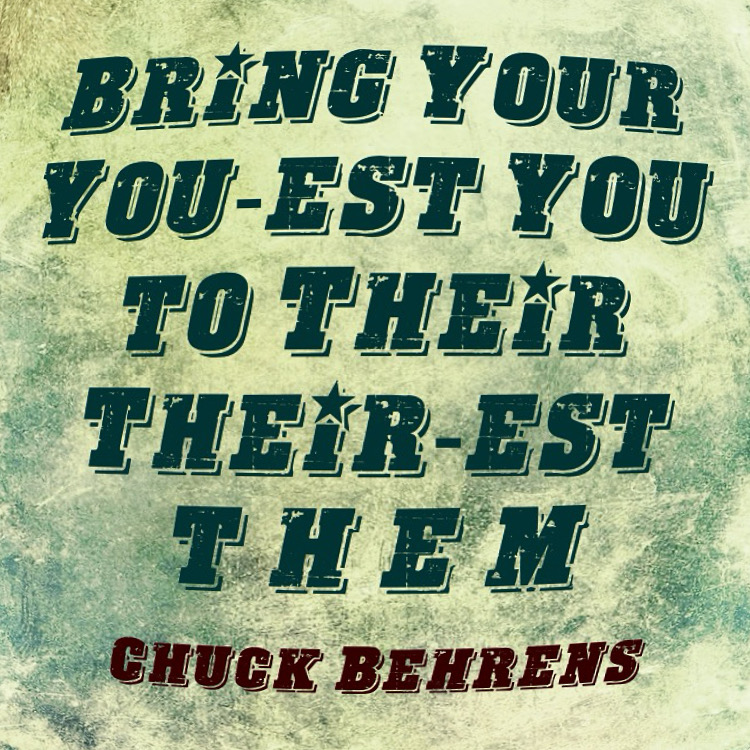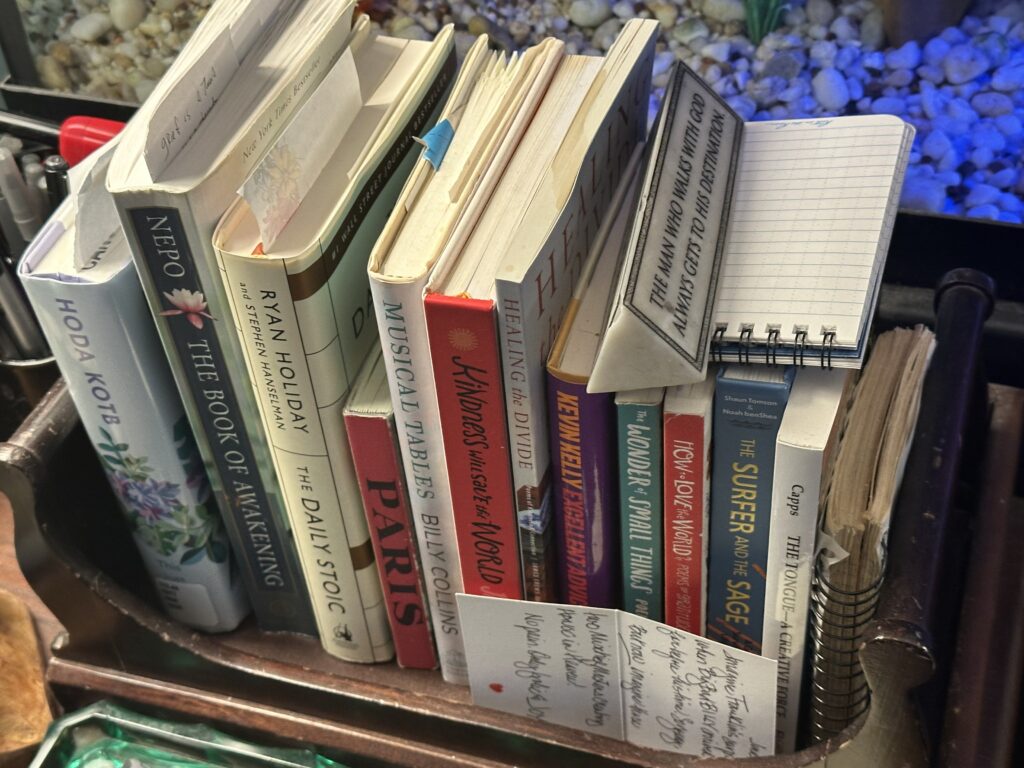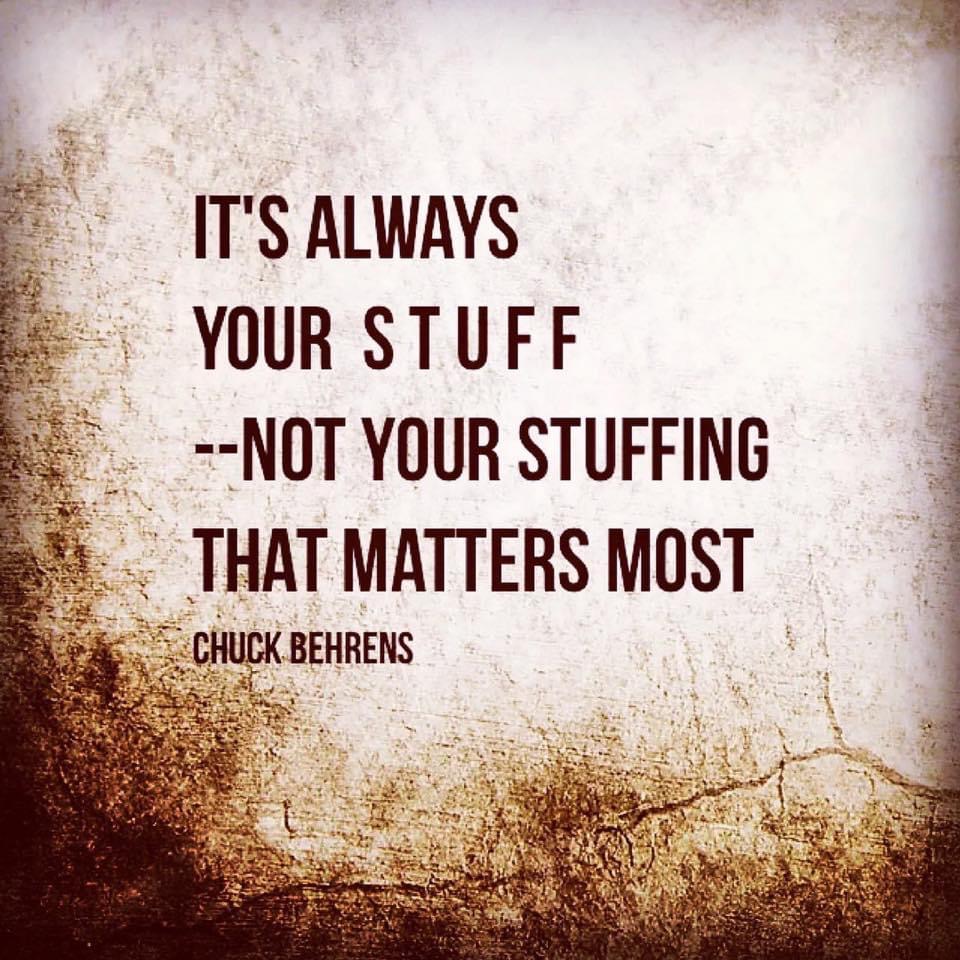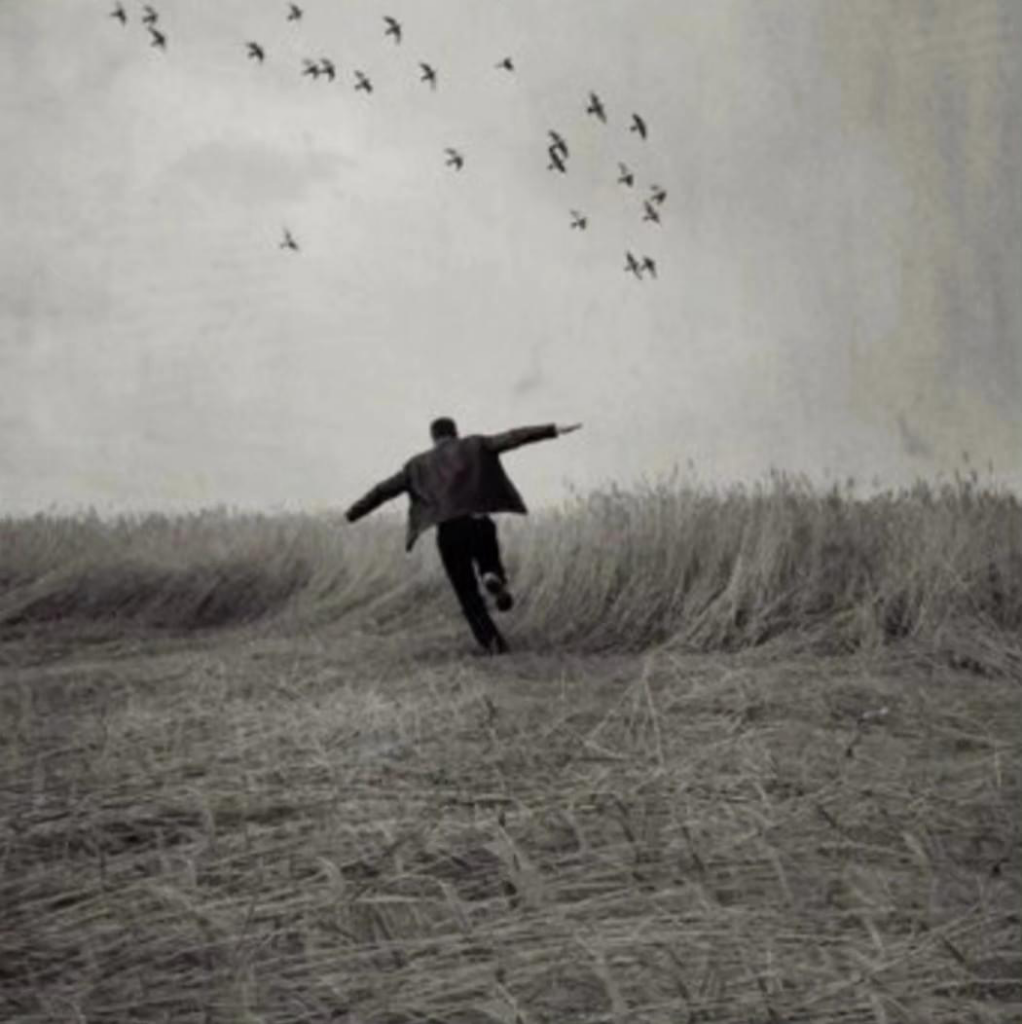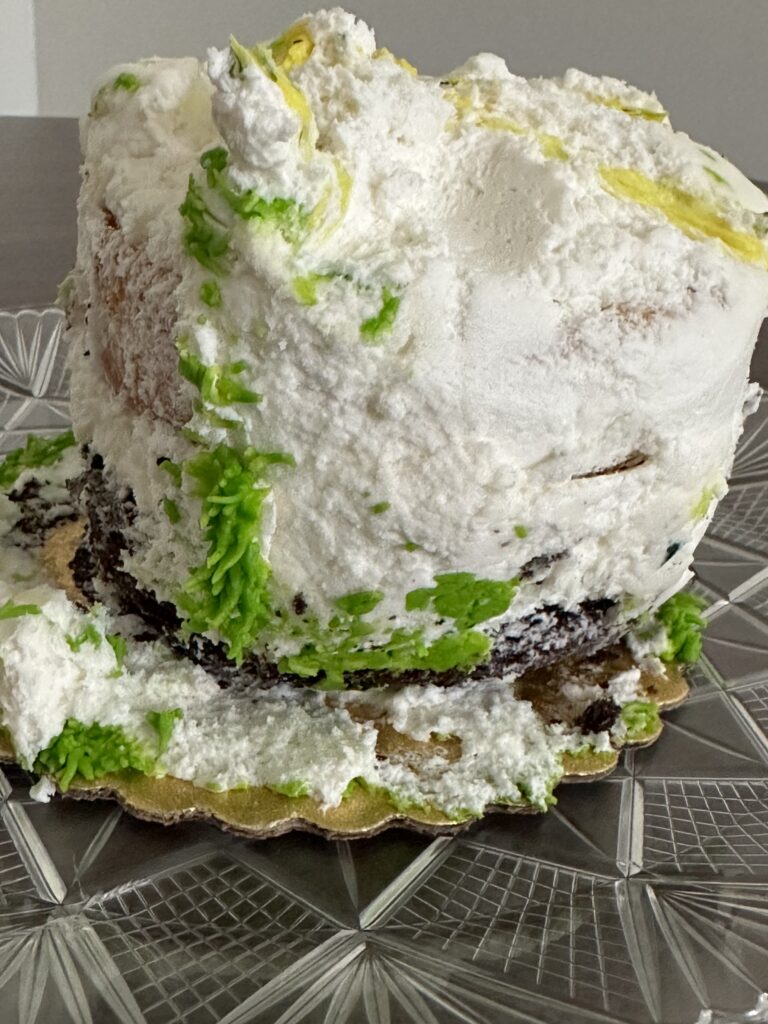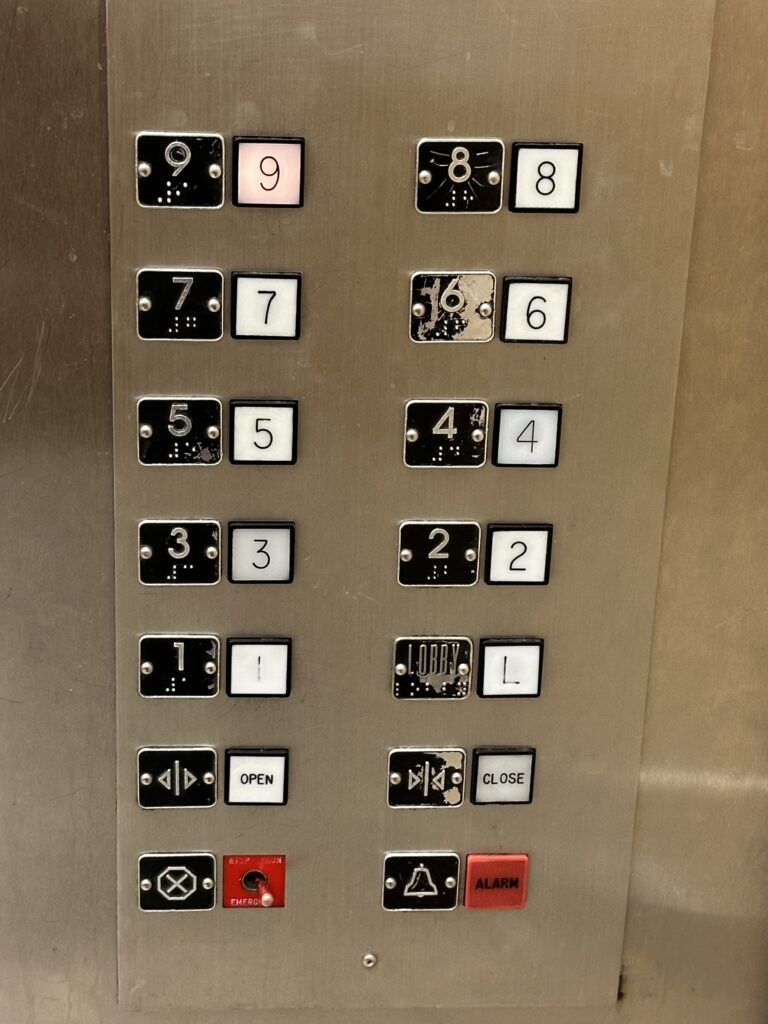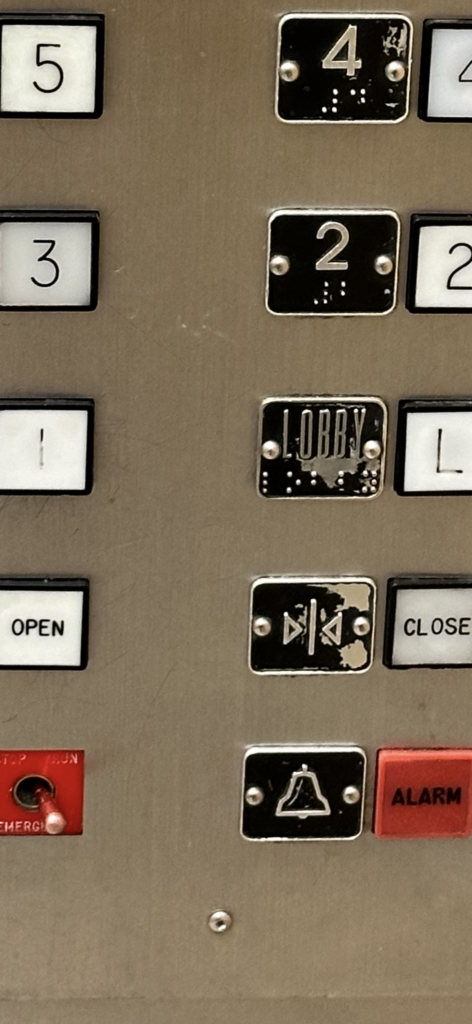The Quiet Ones
There are quiet saints
everywhere.
Hidden in plain sight,
they do their work
gently and slowly
and lovingly.
Repairing the world
over and over again.
Despite the pain,
despite the sadness
at the heart of it all.
Despite not even
knowing
that this is
their work.
You know them.
We all do.
The barely remembered face
on the bus that gave
a word of advice
that carried you
for a while.
The beggar who smiled
from the street corner
you rushed past,
whether you gave or didn’t.
The teacher who
took time with you
until the light finally
dawned within.
The old lady
who promised
she would light a candle
for you, and did.
The tired nurse who,
nonetheless,
held your hand.
The old man who
showed you
how to plant an acorn.
The child who
smiled at you
when you didn’t feel worthy
of such a gift.
All of them,
punctuation points
of grace
in the story of
your gradual unfolding.
Their numbers swell
the world,
silently, secretly,
and ensure the sun
comes up for
one more day.
That the moon rises
for one more night,
and that hope
is possible for
for one more hour.
Their kindness
is a tide
stronger than
the sea,
and just as
relentless
in its constant
return.
They reflect light into
the night window
of your soul
as gently as
the Moon falling
on silvered waters.
You may never know
their names.
Yet they have mended
the frayed edges
of your life
more often than
you will ever know.
They have
seen you,
and in the moment
of their seeing,
you have felt seen,
known, loved,
necessary, meaningful,
even if just
for a moment.
They may be beside you
right now.
They may be sitting
in your cafe,
or be along side you
on the bus stop bench,
or be just behind you
in the queue,
or just in front.
Here is how
you will know them:
They smile often
with their eyes,
with their souls.
They have borne
great suffering
without becoming
hard or cold.
They disappear
quickly.
Fading like Angels do,
having delivered
their good news.
Their Gospel
is kindness.
Their eyes,
no matter their age
are those of
dancing children.
Their smile true
and hard won.
They are often very old,
or seeming so,
or very young.
They speak less
about themselves
and listen more,
than you or I.
They pray
and breathe
as if they are
one thing.
They laugh and cry
deeply,
and often,
without ever
becoming
stuck in either.
They come when
needed,
though often,
at the last
minute,
but always
on time.
They twinkle as
the first and the last
star does.
They wear wisdom
as lightly
as summer rain.
They give their gift
unminding of
its value.
They let
you walk away
in peace.
They walk on
as blessing.
There are
quiet saints
everywhere.
Perhaps you
have met one?
Perhaps you
could become
one?
Richard Hendrick
Shhhhhhhhhhhhh…
Keep your mouth shut
Your eyes closed
Your Ears open
And your Heart unfastened
SHUSHING
is an art that needs
P R A C T I C I N G
(more)
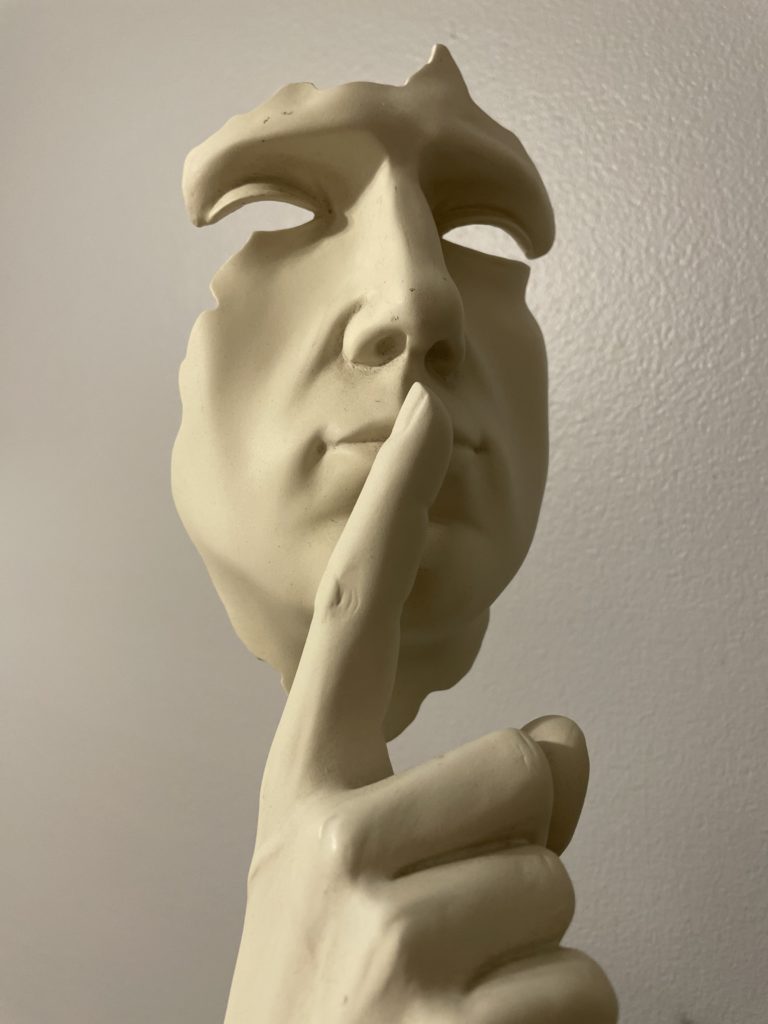


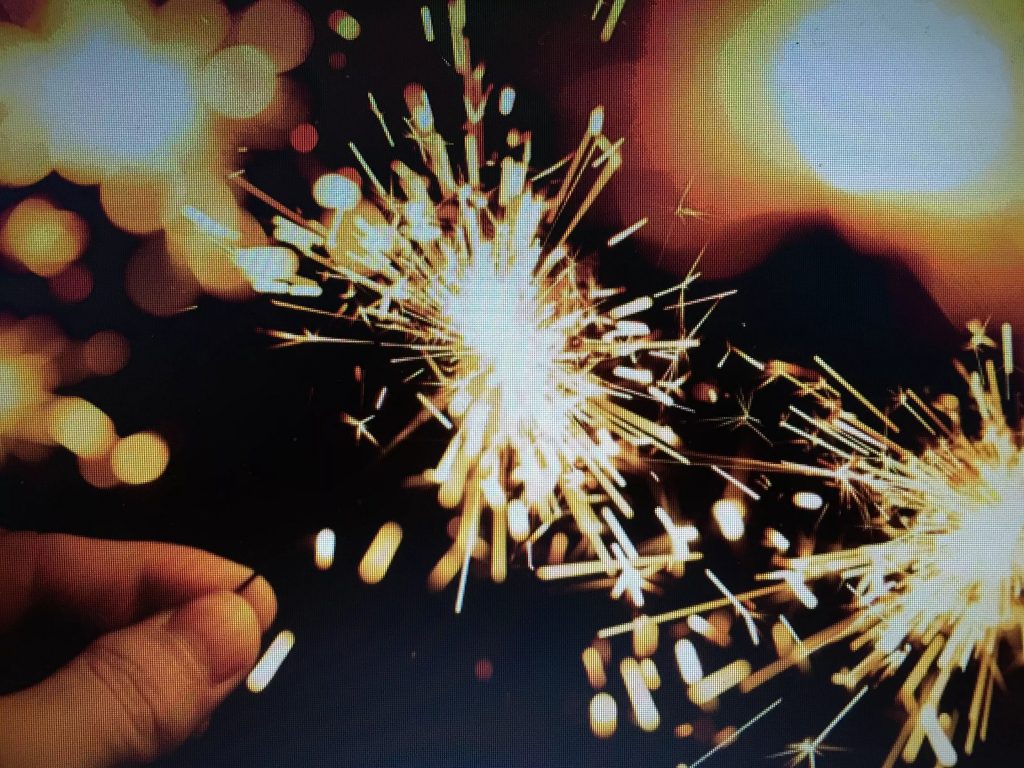
 “The beginning and the end reach out their hands to each other.” —Chinese proverb
“The beginning and the end reach out their hands to each other.” —Chinese proverb

